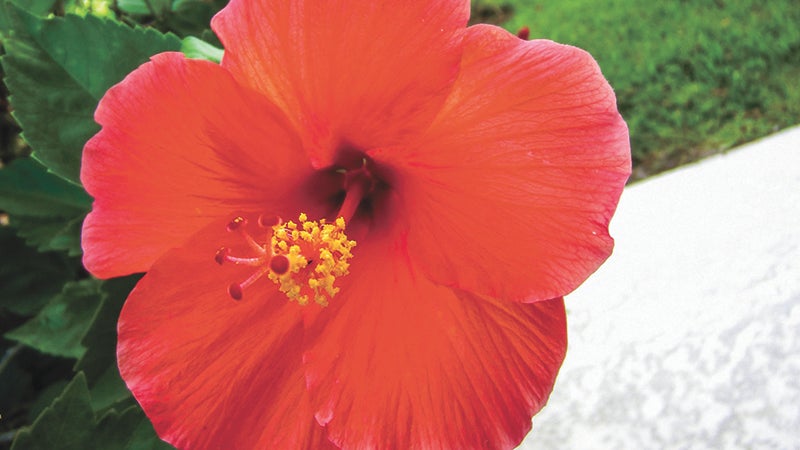OUT IN THE YARD: Protect your plants from freezing
Published 11:42 pm Saturday, December 17, 2016
By Melissa Starr
After the first frost, withering brown leaves and plants that look like sticks are a familiar site. As I drive down the street, I see many plants with sheets covering them and others wrapped with garbage bags. With cold weather upon us, what is the best way to protect cold-sensitive plants?
The first step is to find out if your plants are sensitive to freezing and if they are tropical or deciduous. If a plant is deciduous, such as the Gold Star Esperanza (Yellow Bells), it doesn’t need to be covered. Just leave it in the ground until spring, and it will likely sprout new leaves when warmth and long days return.
If you are growing tropical plants, their leaves will be damaged by frost and freezing temperatures. Plants in containers can be protected by carrying them indoors or putting them in a greenhouse. If they are planted in the ground, they can be protected by covering them with a sheet. Do not cover a plant with plastic alone. If the plastic is touching the leaves of the plant, those leaves will still sustain frost/freeze damage. If there is a hard freeze, the plant will need more protection. To prevent damage, any cold air must be kept from reaching the plant. Many times research is the key to protecting plants. After being frozen to the ground, some tropical plants in our area, such as a few hibiscus, will regrow in the spring while others will not.
Citrus need different levels of protection during cold weather. Most satsuma trees are not damaged until the temperature dips below 25 degrees. Limes and lemons are more sensitive. Except for Meyer lemons, most lemons and all limes will take freeze damage at 32 degrees or below. To protect citrus, pile dirt around the base of the plant to a height above the graft. To protect the leaves, the plant will need to be covered with material that will not allow cold air inside, but do not allow plastic to touch the leaves. A heat lamp can also be placed under the tree to help keep the temperature above freezing. This method can also be used on other sensitive tropical plants.
Do your research, and don’t bother covering a plant if it doesn’t need it.
If you have any questions, contact Jefferson County Master Gardener Melissa Starr at melynstarr@hotmail.com or call the Texas A&M AgriLIfe Extension Serevice at (409) 835-8461.



